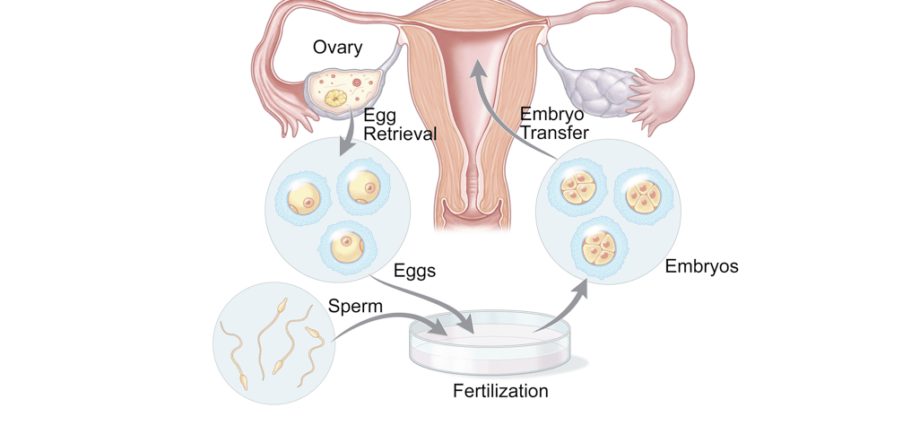Contents
Follicular stimulation
Beforehand, the mother-to-be must undergo hormonal treatment administered by injection. The goal of this: to obtain the development of multiple follicles allowing the collection of several oocytes. The more there are, the more chances of pregnancy. Stimulation is rigorously monitored (monitoring) by ultrasounds and hormonal assays. When the follicles mature, ovulation is triggered by an injection of hormones with LH activity: hCG.
Puncture of oocytes
Between 36 and 40 hours after having triggered ovulation, the ovarian follicles are punctured transvaginally. More precisely, it is the liquid contained in each follicle containing the mature oocytes which is aspirated using a needle. The puncture is performed under ultrasound control and takes place under local anesthesia or, more often, under general anesthesia.
Preparation of oocytes
The follicular fluid is then examined in the laboratory to identify the oocytes and isolate them. You should know that all follicles do not necessarily contain an oocyte and that not all oocytes are fertilizable.
Preparing sperm
The collection of semen and its preparation (it is washed) is usually done on the day of IVF in the laboratory. THEthe most motile sperm will be selected. For various reasons, it may happen that the sperm are collected well before; they will therefore be frozen. In the case of major male infertility, it may be necessary to jointly puncture the oocytes and the spermatozoa (epididymal or testicular punctures).
Insemination
It is in a culture dish containing nutrient liquid that the contact between spermatozoa and oocytes takes place. This is placed inside an incubator at 37 ° C. The latter must then weaken the shell of the oocyte so that one of them can fertilize it.
Fertilization and embryonic growth
The next day, we can see if any oocytes have been fertilized. To know exactly the number of embryos obtained, it is necessary to wait 24 more hours. If fertilization has taken place, embryos with 2, 4, 6 or 8 cells can be observed (the number of cells depends on the date they were observed). The most regular embryos are either transferred 2-3 days after the puncture or frozen.
They can also be made to evolve a little longer in prolonged culture medium to reach the “blastocyst” stage, the final stage of development before hatching.
Embryo transfer
This painless and quick gesture is carried out in the IVF laboratory. Using a thin catheter, thee or embryos are deposited inside the uterus. Usually only one or two embryos are transferred and the others are frozen if their quality permits. After this act, the luteal phase is supported by a daily supply of progesterone.
Pregnancy monitoring
Pregnancy is noted by a systematic hormonal dosing around the thirteenth day after embryo transfer (in IVF there may be meaningless bleeding that would mask the onset of pregnancy).
What about IVF with ICSI?
During IVF with ICSI (intracytoplasmic sperm injection), particularly intended for male infertility, the method is a little different. Only one sperm is chosen. It is then injected inside an oocyte and at a specific location. After 19-20 hours, the presence of two nuclei is checked.










